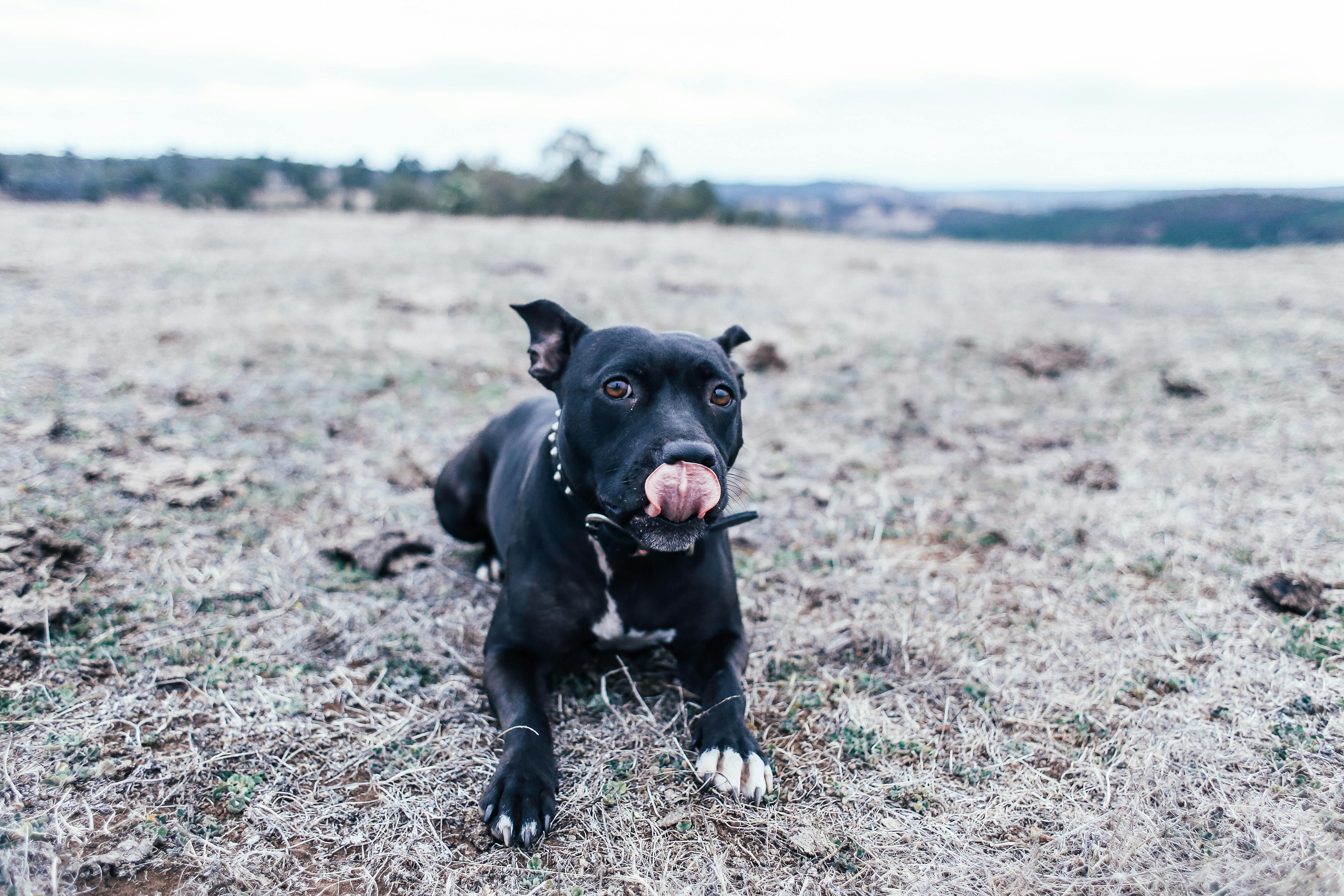How does one know if they have an overweight or underweight dog? This can be a complex question for the average dog owner. Just like human bodies, dogs come in all shapes and sizes, from short and stocky, to long and skinny, to boxy bodies and legs. Guessing the correct weight to fit each frame can be intimidating. These are the signs that can help you know how to judge the weight ratio of some of the most typical dog breeds: retrievers, terriers, poodles, spaniels, shih tzu’s. The main areas to check are the ribs, hips, waist, and belly.
Signs that your dog is overweight:
chunky monkey -A dog without a waist- your dog shouldn’t look like a dachshund unless he is.
Marshmallow -If you can’t feel your dog’s spine, hips or ribs under gentle pressure and instead just feel comfortable fat.
Sweetie -A duck dog with capes on the sides and hips that roll as the dog walks.
resounding -If the belly continues to round beyond the umbilical area where the belly should begin to rise towards the waist.
Signs that your dog is underweight:
the girdle– The dog’s waist appears to be sucked under vacuum pressure.
twig – Hip bones, ribs and spine can be seen or felt with a touch without pressure
Parachute -There is excess skin in the lower part of the waist.
Signs that your dog is the perfect weight:
The width of the waist is 1.2 to 1.3 times greater than the width of the neck
The dog’s sides do not move or roll when the dog moves or runs.
You cannot see your hips, ribs, or spine, but you can feel them with gentle pressure
· The dog’s belly is stretched towards the waist and is not excessively rounded or shrunk.
Patience and a little experimentation go a long way in finding the perfect weight for your dog. Your vet is a great resource when researching how much and what type of food to feed your dog. You are the one who lives with your dog on a day-to-day basis, and you will see if there is a change in weight when you change your diet and/or exercise regimen. Whatever you choose, make these changes sparingly. If you increase exercise in your dog’s life, make sure his nails are trimmed to a usable length.
If you think your dog is a ‘stocky monkey,’ check with your vet first to rule out a variety of diseases that affect certain breeds more than others (such as Cushing’s disease) that can make the dog appear overweight when not has it. . This guide works for most dogs. For ‘slim breed dogs’ such as Great Danes, Whippets and Greyhounds, use the Underweight Dog Scale as your perfect weight. If your dog seems to be wearing a girdle, try giving him more food, increasing his intake by ¼, 1/2 or 1 cup more day and night, depending on whether he is a small, medium or large breed dog. It is common for dogs that are intact to remain lean. There are many food supplements available on the market to increase appetite. Vet guidance and experimentation are the keys to dog weight change.
Find out where your dog’s weight falls. Consult a veterinarian if he has any questions. Make changes appropriate for your dog’s age. Experiment with your dog on a weekly basis by changing his food intake and exercise program little by little. Check out the pictures and videos of dog weight ranges on the website for more help with your breed. Give your dog the longest, healthiest life he can, ditch the marshmallows and let Twiggy remain a keepsake, keep your dog’s weight “just right.” The time you gain with it will more than make up for the inconvenience and effort it may cost you.
Copyright 2010 DuAnn Lustig Chambers
Reprint Rights: You may reprint this article as long as you print the author information and keep all links active.
